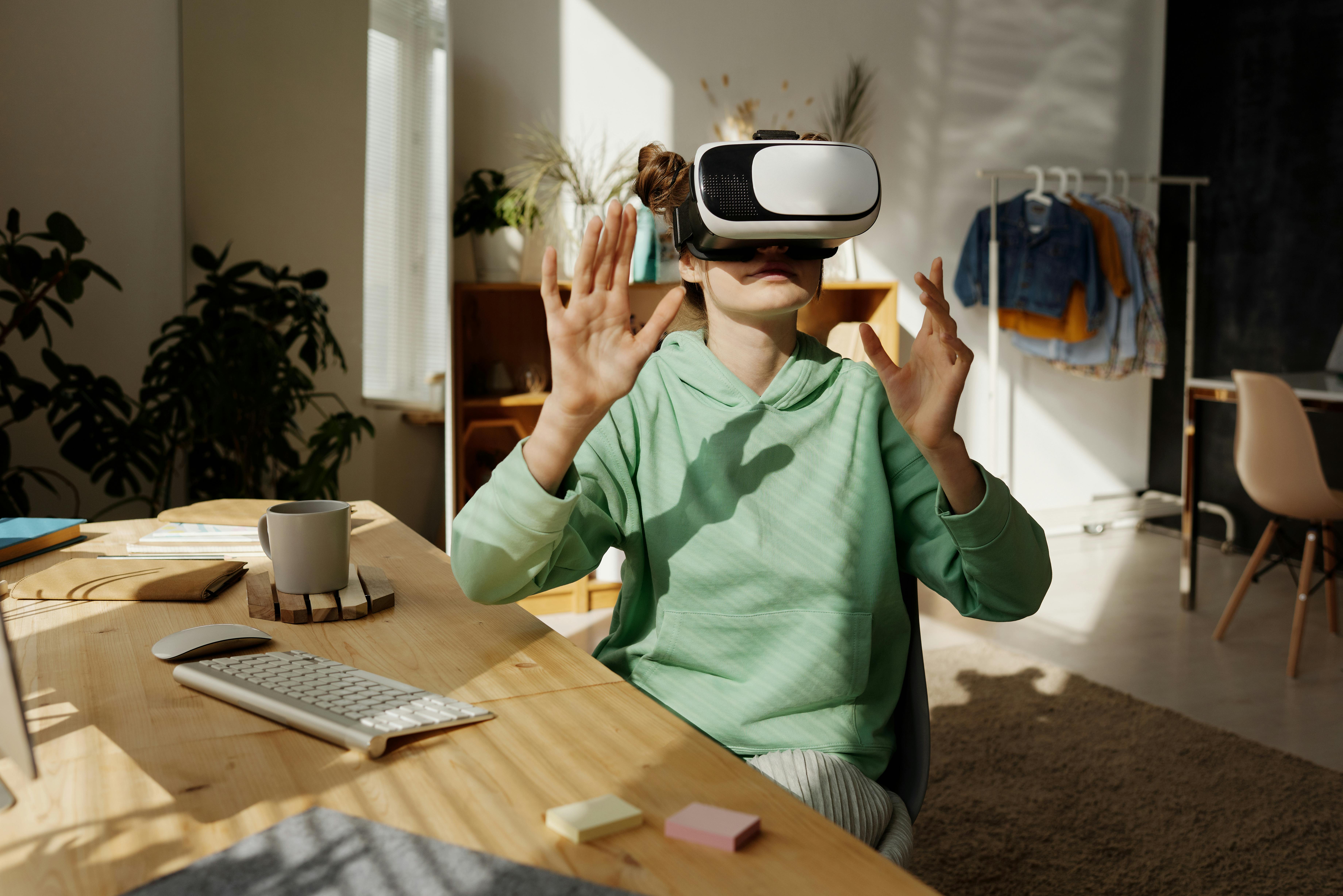Convergence of Technology and Art: The New Dawn of Virtual Reality in Performances
The world of arts and entertainment is experiencing an exciting shift as virtual reality (VR) is increasingly incorporated into performances. From visual arts to dance and theater, VR is redefining the way audiences experience creative expression. This article embarks on a journey to explore the integration of VR into various art forms and its transformative impact on the cultural landscape.

A Historical Glimpse into Virtual Reality
The concept of VR isn’t new. The term was coined in the 1980s by Jaron Lanier, a pioneer in the field of digital art and programming. However, the idea of an immersive, computer-generated reality dates back to the 1960s and the work of Ivan Sutherland, who developed the first head-mounted display system. For decades, VR was primarily associated with gaming and simulations, but its potential in the arts began to be tapped in the late 20th century.
Virtual Reality and the Performing Arts Today
In recent years, VR has begun to permeate the performing arts. Audiences are no longer mere spectators; they are active participants in the performance, navigating virtual landscapes and interacting with digital actors. Dance companies, such as the UK-based Hammerhead VR, are exploring ways to immerse viewers in performances, allowing them to experience dance from entirely new perspectives. Even traditional theater, a form rooted in physical presence and interaction, has found value in VR. Companies like London’s National Theatre are pioneering the use of VR in their productions, creating unique, immersive experiences for their audiences.
Unveiling the Impact and Reception of VR in Arts
The integration of VR into the arts has been met with enthusiasm and intrigue. Critics laud the technology for its ability to offer audiences unprecedented access to performances, transcending geographical and financial barriers. However, it also raises questions about the nature of art and performance. Traditionalists worry that VR could dilute the raw, human connection that underpins much of the performing arts. Despite these concerns, the use of VR in art continues to grow, underscoring its potential to redefine the cultural landscape.
The Future of Virtual Reality in the Arts
The potential of VR in the arts is immense. As the technology continues to evolve, artists will likely find new and creative ways to incorporate it into their work. There are already glimpses of this future. For instance, the Royal Shakespeare Company, in collaboration with digital agency Magic Leap, has been experimenting with ‘mixed reality’ performances, merging physical and digital actors on stage.
The Significance of Virtual Reality in Today’s Artistic Landscape
In an era where technology is increasingly interwoven into our lives, the convergence of VR and the arts is a natural evolution. This integration not only expands the potential for creative expression but also reshapes the way audiences engage with art. Through VR, performances can transcend the physical realm, offering immersive experiences that challenge our perceptions and understanding of art. Despite the debates, one thing is clear - the fusion of VR and the arts is a trend that’s here to stay.
In conclusion, the integration of VR into the performing arts is a thrilling development. It presents a unique blend of technology and creativity that offers new possibilities for artistic expression and audience engagement. As we continue to explore this new frontier, it’s exciting to imagine what future performances might look like in a world where virtual reality is the norm.




